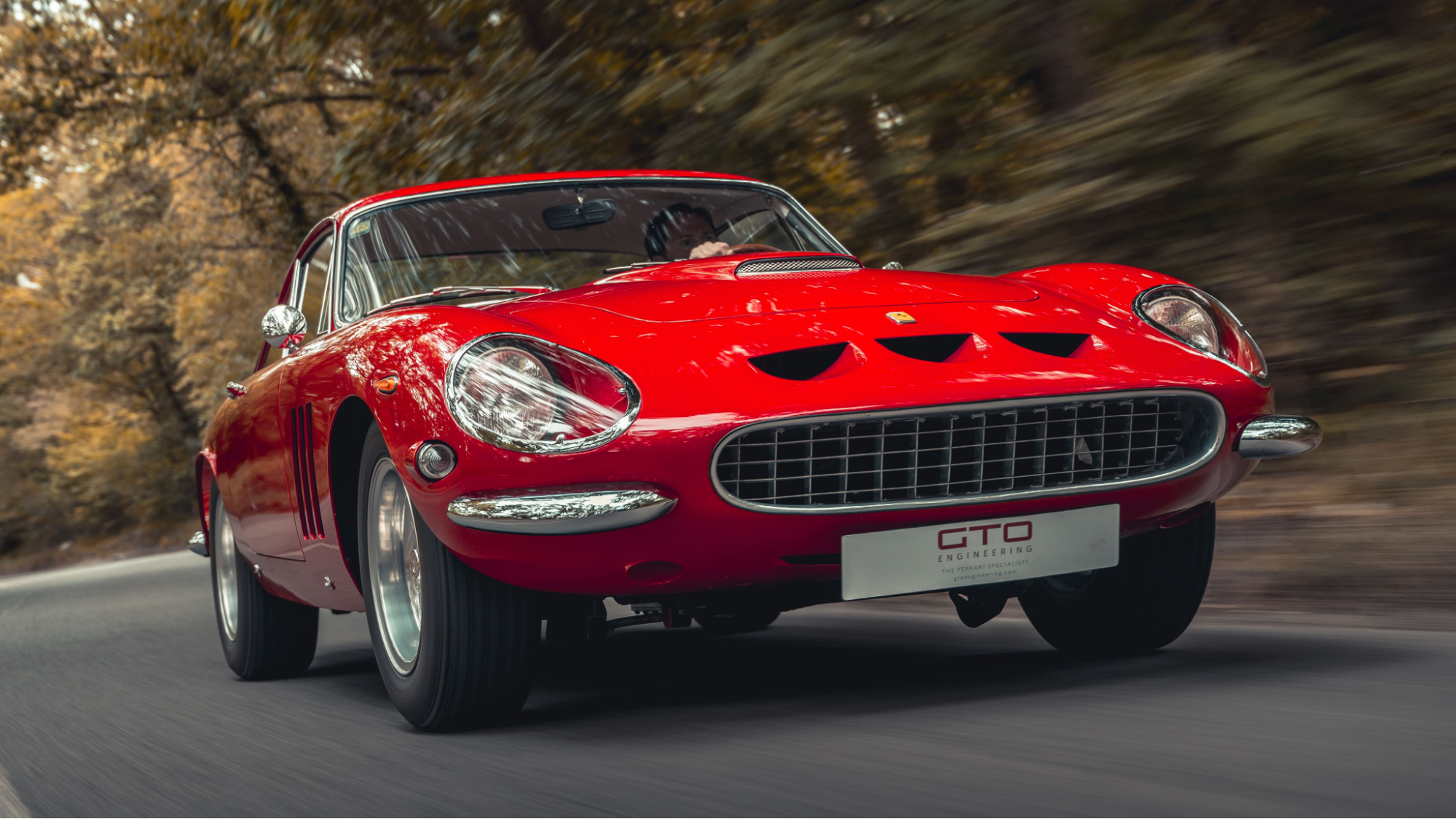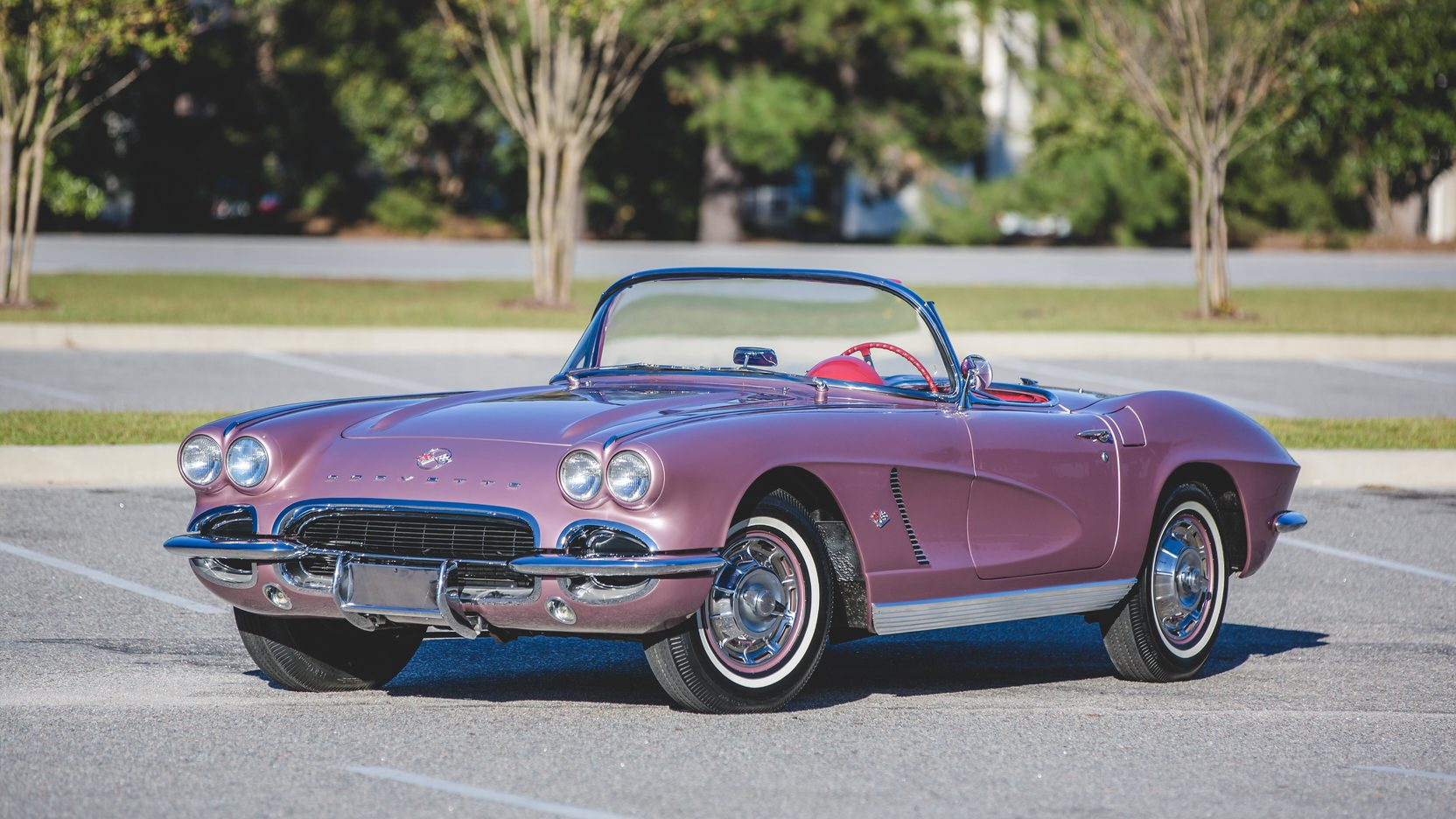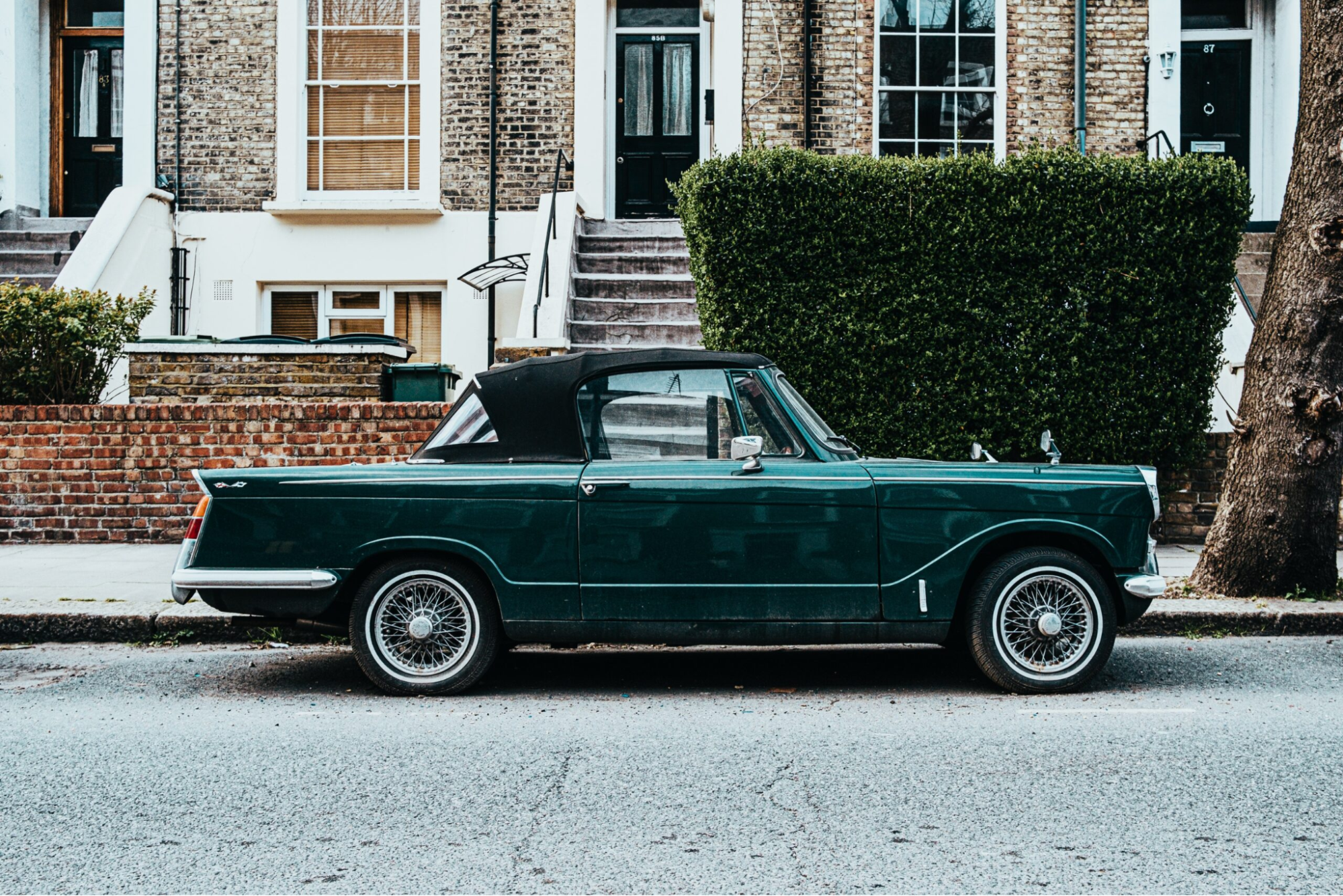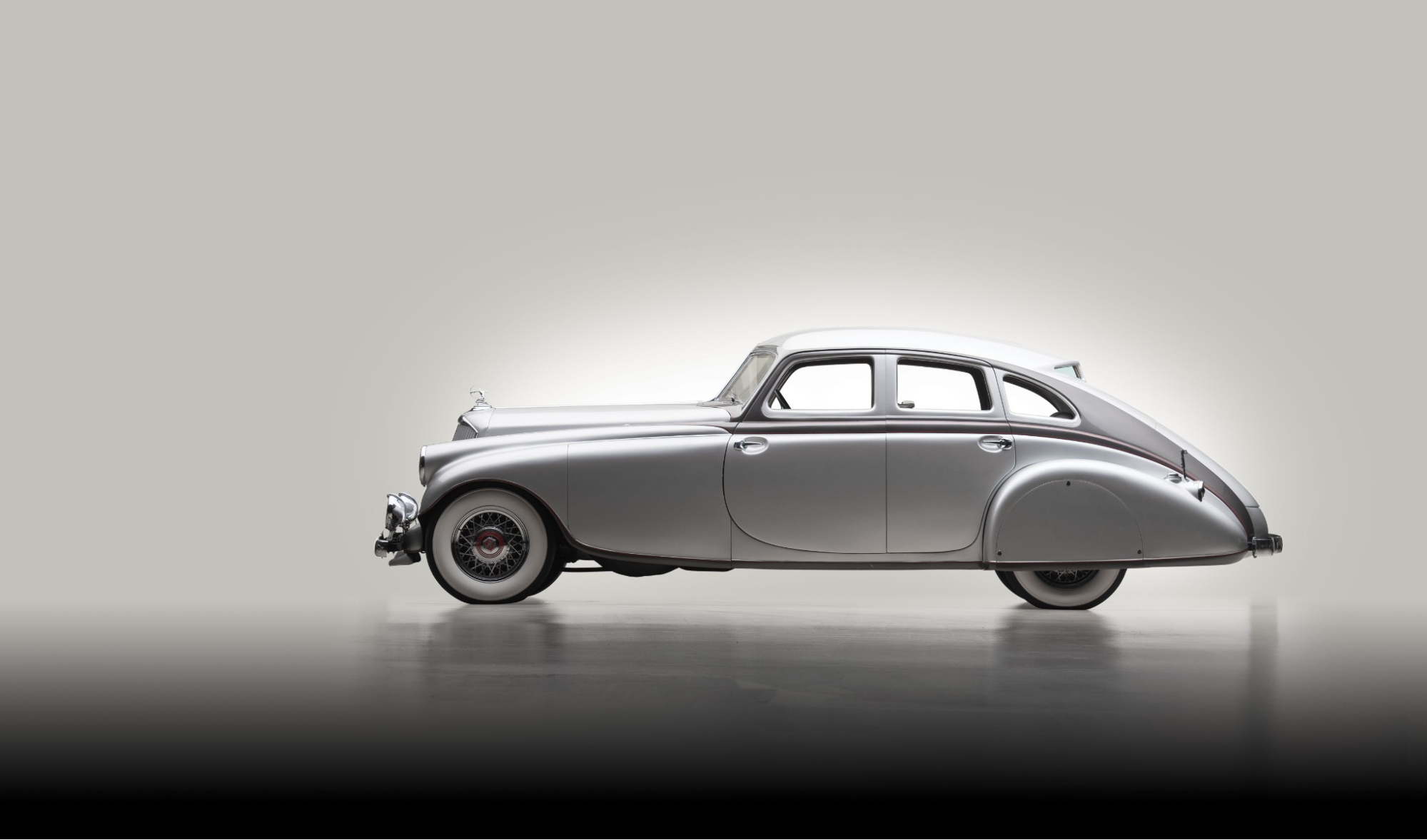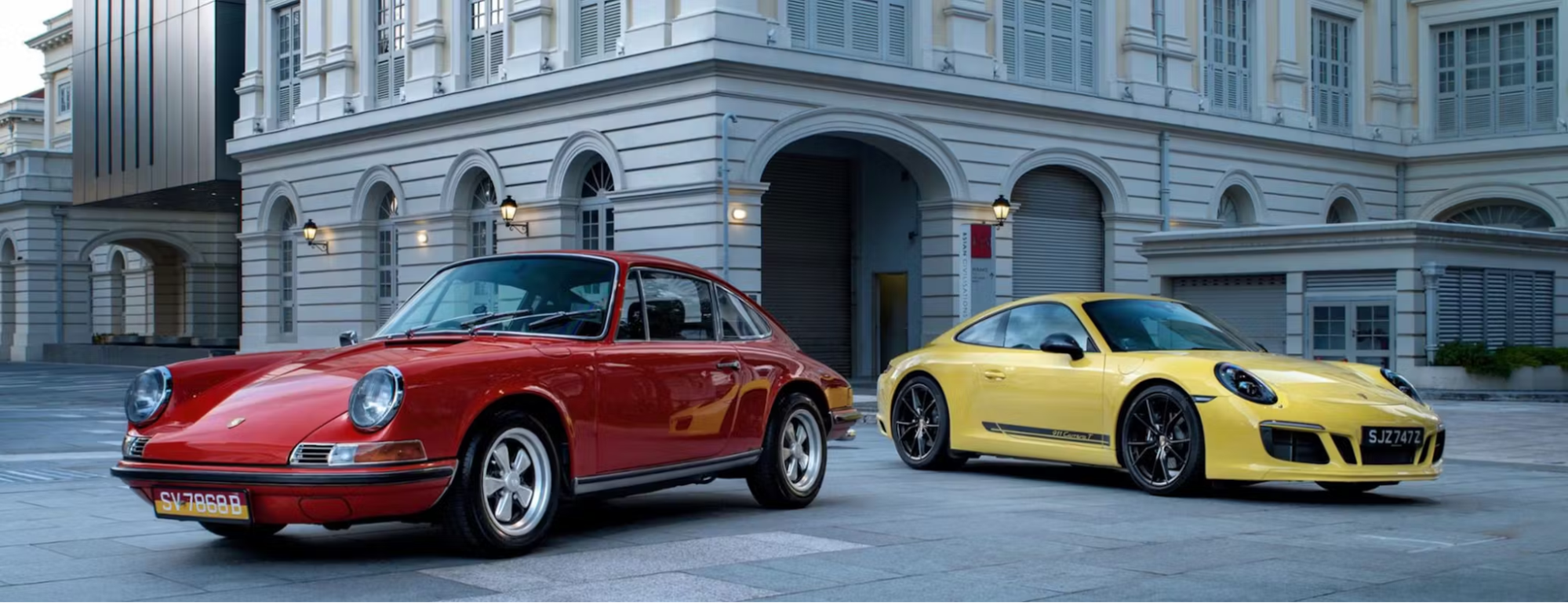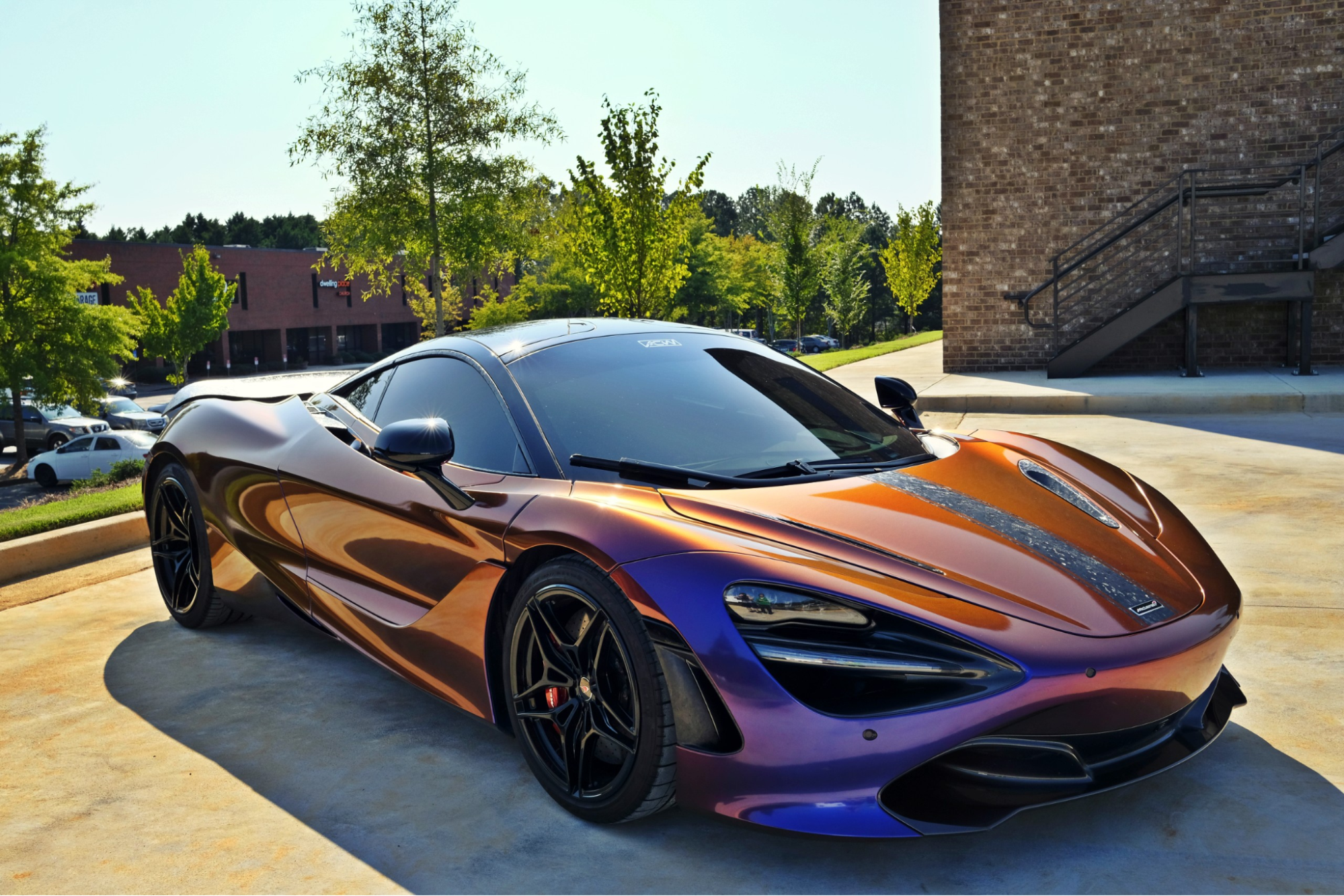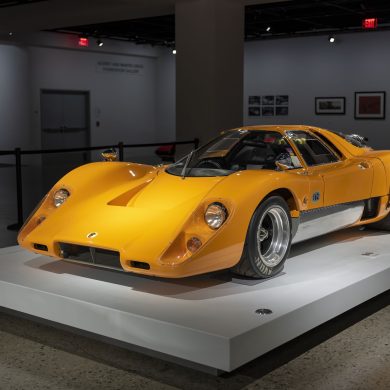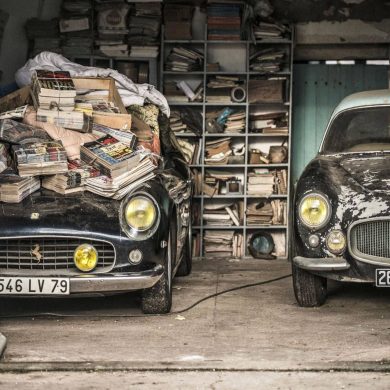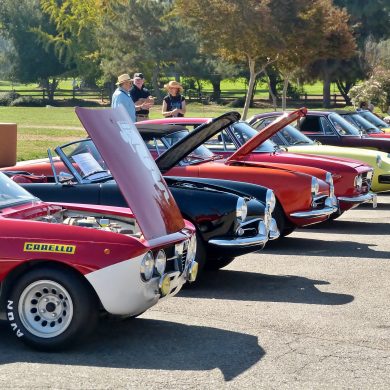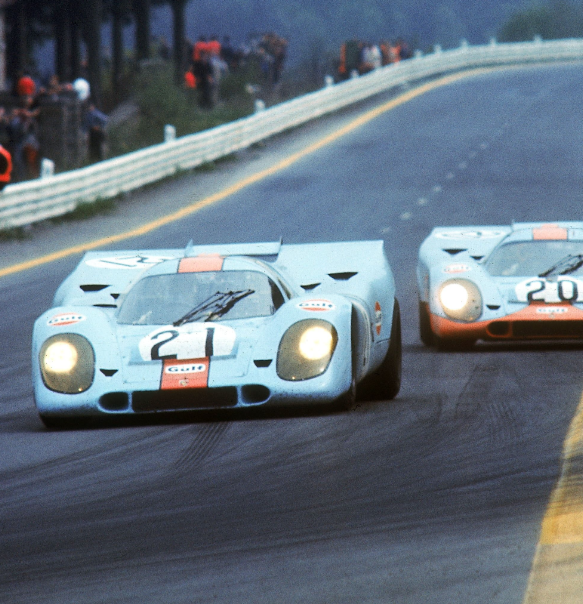For car enthusiasts and collectors, color has never been just a matter of taste. It is an investment decision. The right shade can raise a car’s value by thousands, while the wrong one can quietly drag it down. As trends shift and certain hues fade from production lines, classic colors have taken on a new kind of power in the collector market.
Recent studies by automotive data analysts and auction houses consistently show that color plays a measurable role in how a car performs when it comes time to sell. Some shades make buyers emotional, others signal rarity or authenticity, and a few have become icons of their respective eras. From Hugger Orange to British Racing Green, these tones are part of automotive history and continue to reward owners who preserve them well.
The Power of Color in Car Values
The link between color and value is more than aesthetic. It is emotional and economic. A 2021 Hagerty Insider report analyzed more than 3,500 Porsche sales across Bring a Trailer, Cars & Bids, and PCARMARKET, revealing that bright, distinctive colors regularly outperformed grayscale cars. Yellow Porsches, for example, sold for nearly $3,000 above average, while black examples tended to sell for less.
It is a reminder that buyers pay for personality. For many, color is the most visible expression of a car’s story. A vibrant red Ferrari or a silver Gullwing evokes decades of heritage. A factory-original paint code can validate authenticity, especially in the classic market, where originality often means the difference between an investment and a gamble.
Timeless Shades That Endure
Certain hues transcend time and trend. The classics remain the safest bets because they combine familiarity with identity.
Red: Often called the “color of speed,” red has long been associated with passion, racing, and prestige. It accounts for roughly a quarter of all collector car sales. For marques like Ferrari, Corvette, and Alfa Romeo, it is almost inseparable from brand identity.
Silver: Linked with elegance and luxury, silver has roots in motorsport tradition. Mercedes-Benz famously painted its pre-war Grand Prix cars silver after removing their white paint to save weight, giving rise to the “Silver Arrows.” Today, silver continues to hold strong resale value among collectors of European classics.
Blue: From Shelby’s Guardsman Blue to Porsche’s Riviera Blue, this hue conveys both calm and confidence. In the United States, blue cars rank among the most desirable colors for restomods and concours builds, particularly when paired with period-correct interiors.
Green: Once a symbol of British racing heritage, deep greens like Aston Martin’s Almond Green or Jaguar’s Sherwood Green are now rarer, which increases their desirability. A well-restored classic in green stands out precisely because it has become less common.
These shades endure because they mean something. They tie a car to its origins, whether that is a factory code, a racing team, or a specific decade of design.
The Disappearing Palette
Not every color has fared so well. As automakers streamline production and buyers favor safer neutrals, the variety once seen on showrooms has dwindled. Coral Pink, Mint Green, and Butterscotch Yellow, once staples of the 1950s and 1970s, are now almost nonexistent.
A recent feature on classic car trends highlighted how these fading tones are becoming prized by restorers seeking authenticity. A Dodge Charger in Butterscotch Yellow or a 1957 Bel Air in Mint Green now carries nostalgia value that can translate directly into auction results. When colors disappear, they become artifacts of their era.
Collectors who restore a car in its original hue, or a verified period-correct color, often see higher returns than those who repaint in trendy or non-original tones. Authenticity counts.
Preservation Is Value
Paint condition is one of the first things potential buyers notice. A car can be mechanically flawless, but tired or poorly maintained paint will lower perceived value. For collectors who want to maintain both appearance and market strength, long-term preservation has become a science in itself.
This is where modern protective technology plays a role. High-end detailing and professional coatings have transformed how collectors care for rare finishes. Using ceramic coating car paint has become the preferred way to protect both factory and custom colors from UV damage, oxidation, and micro-scratching. These coatings form an invisible layer of protection, locking in gloss while preventing environmental wear.
For cars with special-effect finishes such as metallic flake, pearl, or iridescent layers, ceramic coatings also enhance depth and reflectivity, helping them look freshly detailed even years after application. What was once reserved for supercars and concours-level restorations is now accessible to everyday enthusiasts who simply want their investment to hold its value.
A Matter of Presentation
Collectors know that presentation can make or break a sale. Two identical cars with identical mechanical condition can fetch vastly different prices based solely on paint quality and visual appeal. A dull or uneven finish suggests neglect, while a well-maintained surface conveys care and authenticity.
This is why restoration specialists spend so much time sourcing paint formulas and finishes that match original factory specifications. The right hue and depth of gloss can tell a story before the car even starts. Combined with careful detailing and modern coating technology, it creates an impression that commands confidence and higher bids.
Lessons from the Supercar World
High-end exotics have long shown how finish and presentation drive value. Modern supercars often feature complex multi-layer paints that cost tens of thousands of dollars. These finishes demonstrate just how intertwined color, emotion, and perceived worth can be.
With some of the wildest exotic car paint jobs capturing that dynamic perfectly, it showcases how luxury brands and tuners push boundaries with experimental coatings, mirror effects, and color-shifting designs. While the aesthetics differ from the restrained elegance of classic cars, the underlying principle is the same: paint is personality, and presentation sells.
The Collector’s Equation
For collectors, investing in color is not just about looks; it is about strategy. The right color can make a car stand out in an auction catalog, attract attention online, and ultimately command a stronger price. But even more than that, it reflects the owner’s care for authenticity and presentation.
Classic hues connect cars to their stories, and coatings help those stories endure. In the end, color is both art and asset. It shapes the emotional and financial journey of every classic car. The cars that wear their color proudly will always shine the brightest, and in the collector world, shine often equals value.


